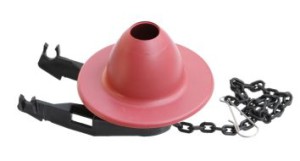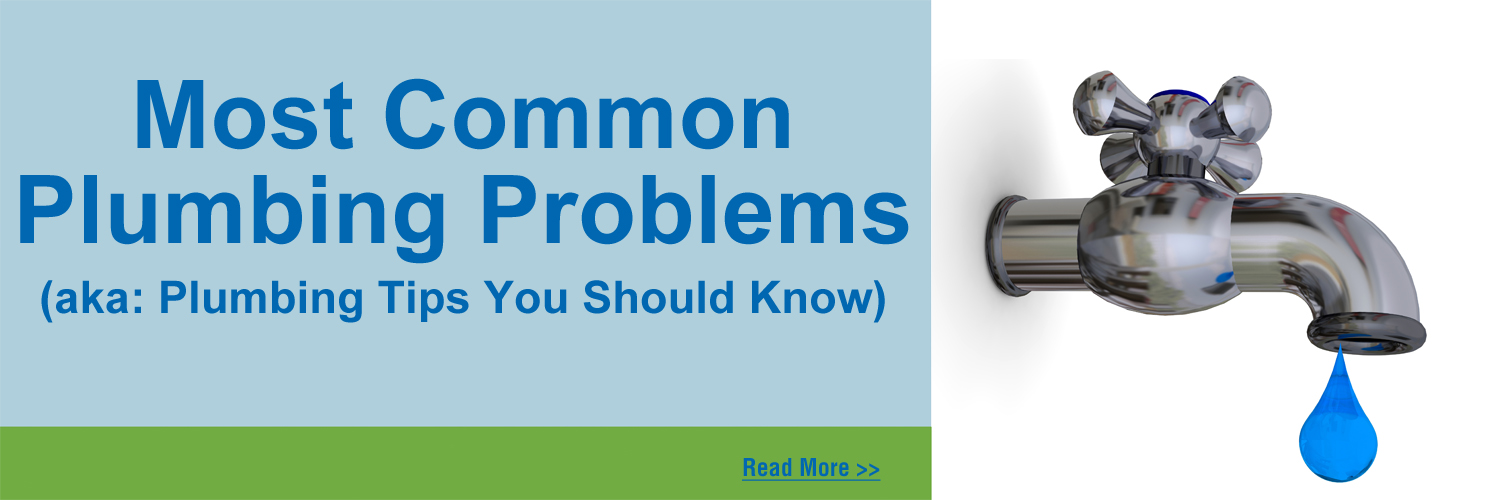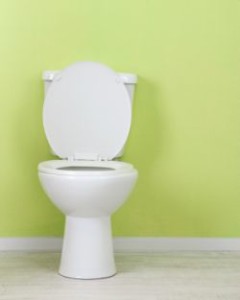Running toilets are among the most common plumbing complaints we about hear from our Charlottesville customers and one of the leading causes of high water bills. A small leak can waste 30 gallons of water per day, which adds up quickly. Small leaks are also harder to detect and more likely to go unnoticed for long periods of time. Large leaks, on the other hand, can cost you more than 4,000 gallons a day, but are usually easier to spot.
How to Tell If My Toilet Is Leaking
Look for Clues – Take a look at the water after the tank has filled. The water in the toilet bowl should be still. If you think you see some movement, try the dye test:
- Carefully remove the lid from your toilet’s tank and place it flat on the floor and out of the way so it doesn’t get broken. Don’t worry if you notice a little water dripping from the underside of the lid when you take it off. That’s just built-up condensation.
- If you’re using an in-tank bowl cleaner that changes the color of the water, remove it and flush the toilet until the water in the bowl runs clear.
- Drop one dye tablet into the tank. Ask your local water utility if they will provide dye tablets. You can also use food coloring to conduct the test. Use about 10 drops of a color that’s dark enough to see clearly.
- Replace the tank lid and do not flush the toilet.
- Wait 10 to 15 minutes, then check the water in the bowl. If you see a change in the water’s color, you have a leak. If the water remains clear, there’s no leak.
- Repeat the test on all the toilets in your house.
Avoid undetected leaks by performing the dye test at least once per year on all the toilets in your home.
Listen to Your Toilet – Your toilet should be silent once the tank has filled after a flush. If you hear any noise at all, loud or soft, you probably have a leak.
Check the Meter – Your water meter can clue you in to any wasted water. Check your meter reading then make a conscious effort not to use any water (remember to tell everyone else in your home what you’re doing). Check the meter again after two hours. If the meter has changed, you most likely have a leak somewhere in your home.
Why Is My Toilet Leaking?

If the flapper appears to be in good shape, there may be something in the way. Lift the lid off the tank and check to see if a loose chain or sediment buildup is preventing the flapper from closing properly.
If you replace the flapper and still have a leak, the flush valve is the next most common culprit. The flush valve is the piece on the bottom of the tank that allows water to flow into the bowl. A damaged flush valve can be more difficult to detect, because even a small nick or crack can stop the flapper from creating a watertight seal and allow water to seep out.
If you need help finding the cause or fixing a running toilet, contact Robinson’s online or call us at 434-244-2989 in Charlottesville or 804-794-0918 in Richmond.


